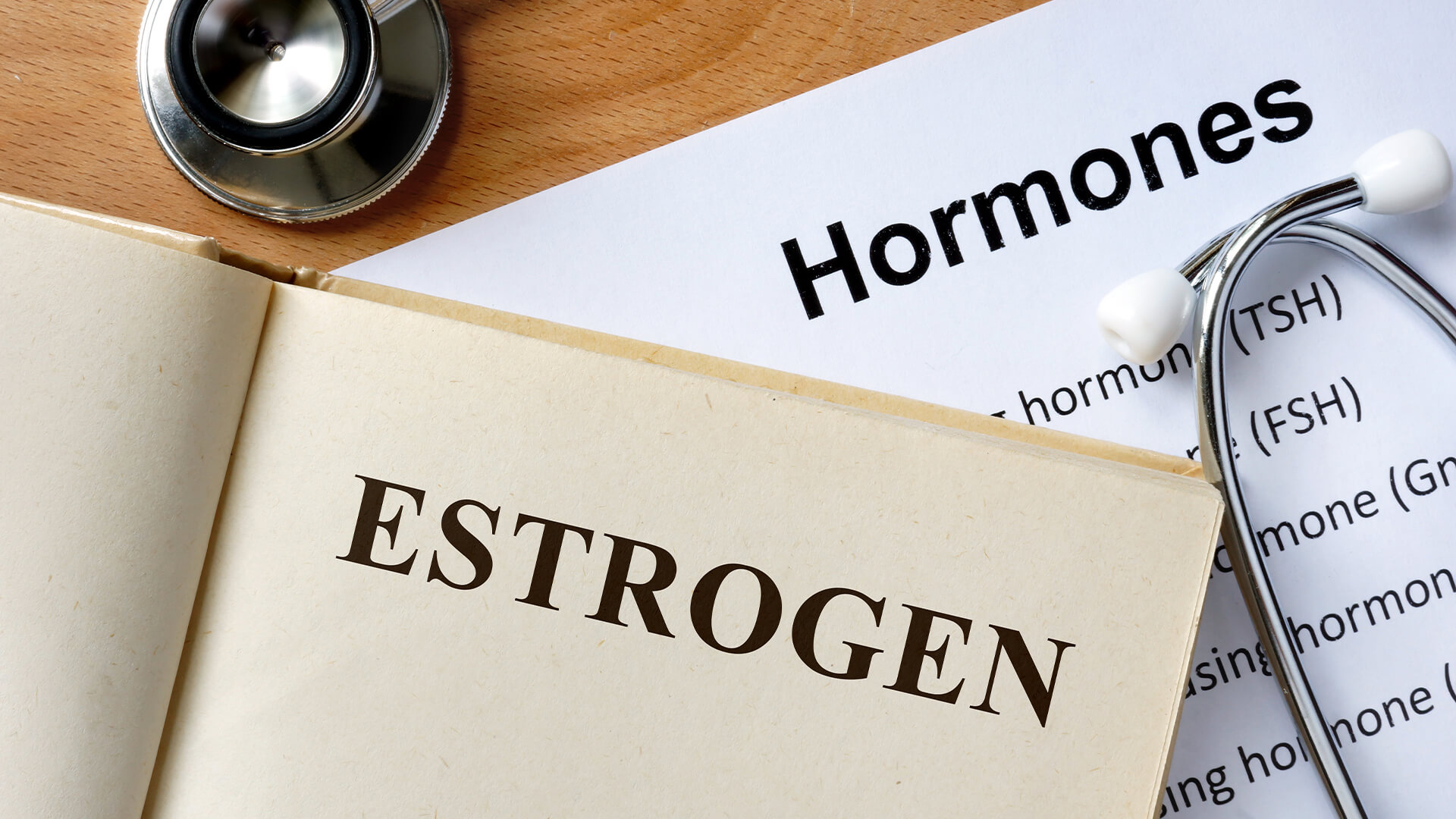
Undefined Category
Browse Posts in Various Categories
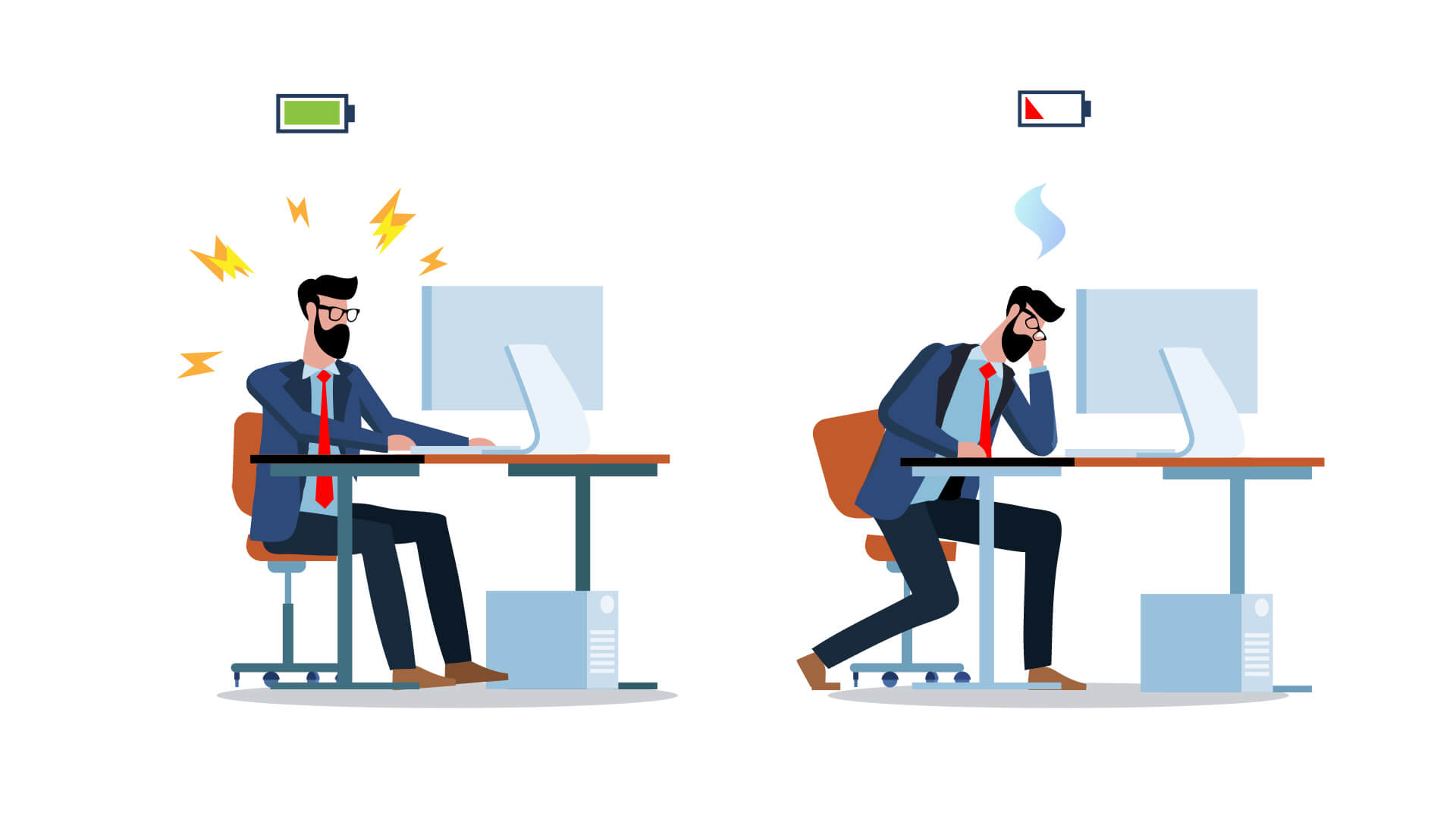
How to Avoid the 4pm Energy Slump,…
The afternoon energy slump is something that most of us are familiar with. It's a feeling even the most productive…
View Article
Fighting Fatigue And Protecting Posture When Working…
For nurses and hospital staff, a 12-hour shift is not uncommon and studies show that, during a normal night shift,…
View Article
The Effects of Occupational Stress On Employee…
Stress is part of human nature – it’s the way our body naturally reacts to being under pressure. Some level…
View Article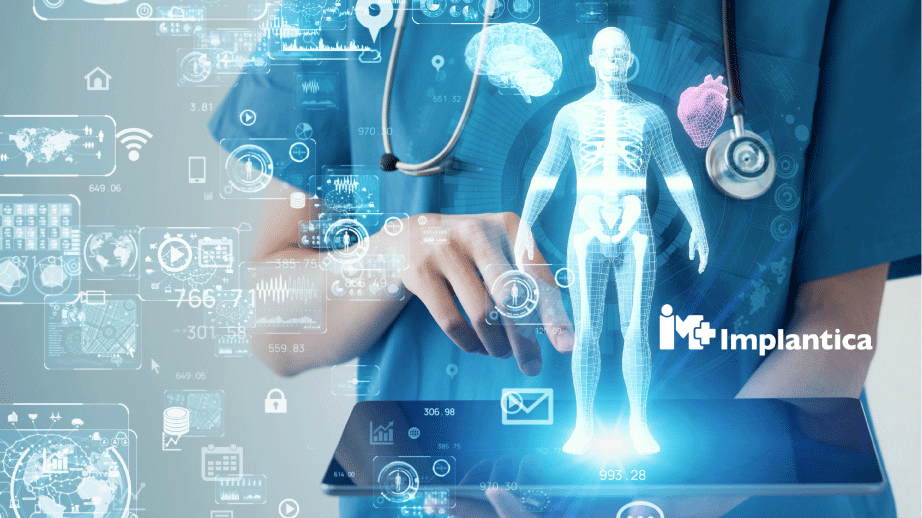
Healthcare of Tomorrow
The journey to Implantica starts with Dr. Peter Forsell. He’s the firm’s founder, principal shareholder, CEO, a world-renowned specialist surgeon…
View Article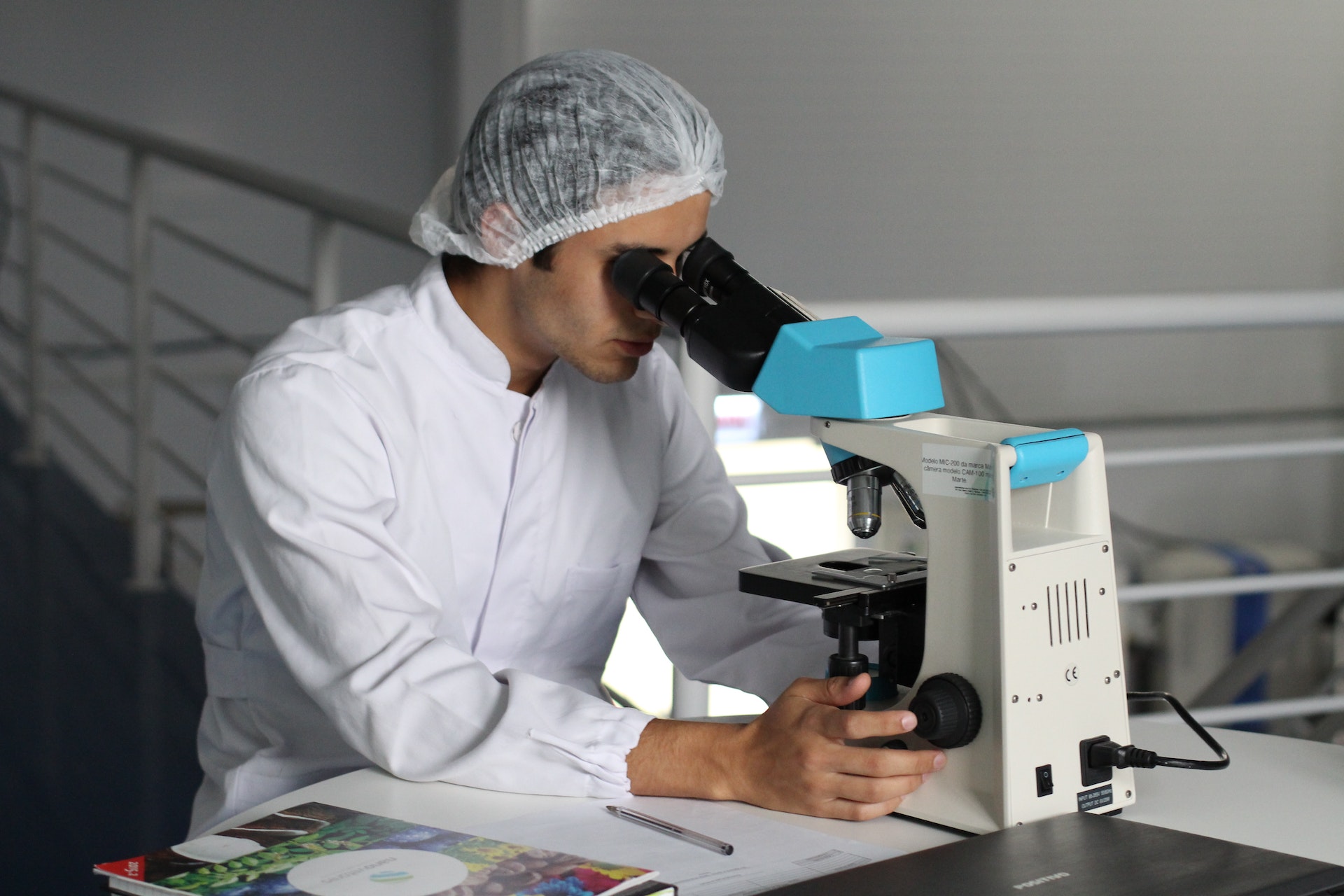
The Future of Rabies Detection
Rabies is a deadly virus that can be fatal if left untreated. The disease has been around for centuries, and…
View Article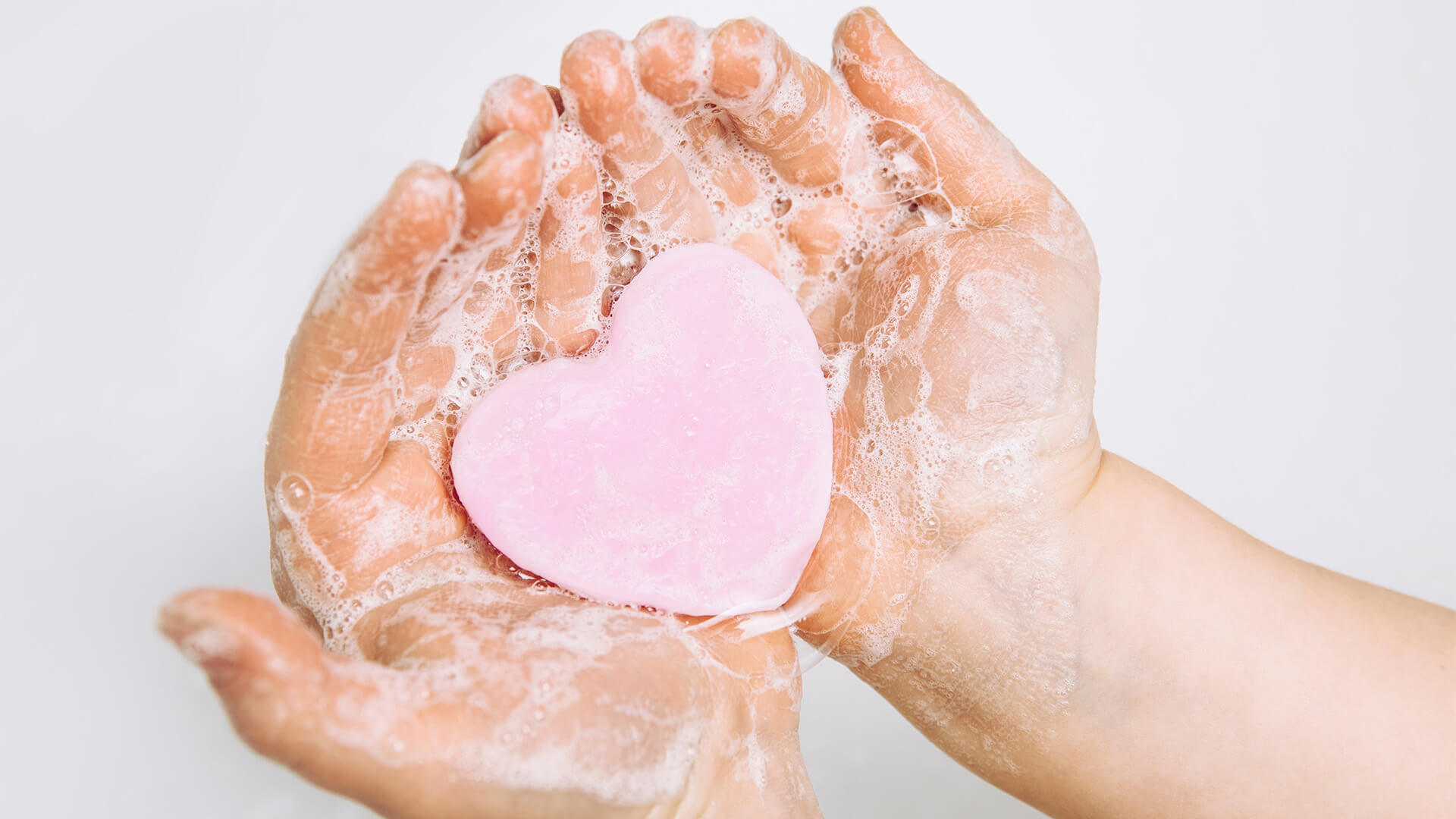
Chatham House Report Concludes That Changing Hygiene…
A lack of safe water, sanitation, and hygiene results not only in loss of dignity, safety, health, and education, but…
View Article
7 Ways to Reduce Your Acohol Intake
Cutting back on alcohol can benefit your mind and body in many ways. Maybe you’ve noticed that your one glass…
View ArticleExplore Other Categories








